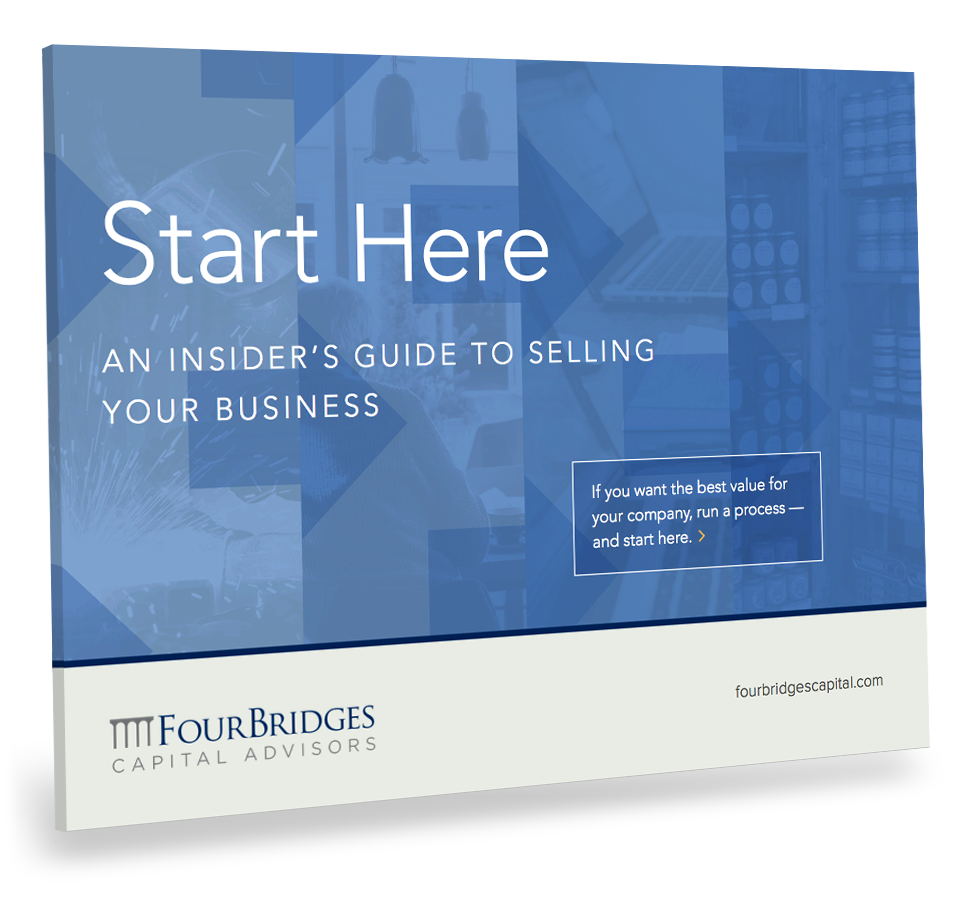Insights & News
Worried About Your Loan? 5 Alternative Capital Sources to Consider
In this uncertain, unstable economy, your lender may eventually start implying that you should pay down your loan.
If that happens: don’t panic. In our recently published “Operating and Financing Playbook,” we suggested that business owners consider a range of alternative capital sources.
And fortunately, there are promising options on the table: various bills are making their way through Congress as we speak in an effort to support businesses and mitigate fallout.
Meanwhile, investors are scrambling to understand how and where they can participate. Some anecdotal feedback from a few:
- Banks have dialed back cash flow lending as companies have aggressively drawn down credit lines.
- However, many banks and lending institutions have been quick to offer temporary suspension of principal and interest payments in exchange for lengthening the credit term.
- SBA approved lenders will be authorized to help administer the CARES Act lending. Additional lenders will be authorized by the Treasury to make loans during the declared national emergency. SBICs and BDCs may qualify as additional lenders.
- Debt and equity funds are busy identifying portfolio companies particularly affected by the shutdown and are looking to trim costs, make contingency plans, etc. as the situation remains very fluid. On the other hand, firms are aggressively looking for good companies caught in the mix and are trying to deploy capital in the right places.
While the specifics on federal assistance are a moving target at the moment, resources such as the SBA’s EIDL program (see below) are currently available for immediate application. Several other useful links are included below to track the various resources and news.
SBIA: Helpful summary of various updates and resources to help guide small businesses
SBA: SBA disaster assistance loans (Economic Injury Disaster Loan)
- Up to $2 million to help meet financial obligations and operating expenses that could have been met had the disaster not occurred.
- May be used to pay fixed debts, payroll, accounts payable and other bills that can’t be paid because of the disaster’s impact. The interest rate is 3.75% for small businesses. The interest rate for non-profits is 2.75%.
- Long-term repayments in order to keep payments affordable, up to a maximum of 30 years. Terms are determined on a case-by-case basis, based upon each borrower’s ability to repay.
- Qualifying businesses:
- Small businesses
- Small agricultural cooperative
- Most private nonprofit organizations
- ** The EIDL program will include an Emergency Grant of up to $10,000 within three days to maintain payroll, provide sick leave and service other debt obligations. $10B is being provided to support the expanded EIDL program.
CARES Act (updated as of 3:00 EST, March 27, 2020):
- Overall federal-guaranteed emergency “paycheck protection program” interest-bearing loans for business interruption for CV-19
- Purpose: Loans to help borrowers cover payroll & other working capital expenses including rent, mortgage interest, utilities, insurance premiums and medical/sick leave.
- Amount: Loans would equal 250% of an employer’s average monthly payroll – Maximum amount = $10 million. Covers up to an annual rate of pay of $100,000.
- Term: 10 years. Eligible for 100% loan forgiveness on amount for the first 8 weeks following the loan origination but reduced by the amount of payroll deductions due to layoffs.
- Collateral or Personal Guarantees: Waived
- Interest: Max 4%
- Appropriated amount: $349B
- Eligibility: Small business concern – 500 or fewer employees, 501(c)(3), 501(c)(19), veteran organizations, tribal businesses.
- Covered period: 2/15/2020 – 6/30/2020
- See link for additional details regarding qualification, forgiveness, etc.
SBIC/BDC: SBICs and BDCs typically make federally backed small business loans are proactively reaching out to companies to fill the void. Click here to see the directory of investors.
Real Estate or other Non-operating Assets: Borrowers should evaluate their real estate holdings or leases for opportunities to renegotiate or unlock value. Most small businesses will separate any owned real estate assets in a separate entity, which may be considered for a sale-leaseback transaction to provide needed liquidity. While likely a secondary option behind federally assisted funds, it’s often an overlooked asset.
Do you have questions about alternative capital sources? Call or email us. As always, consultations are free.
